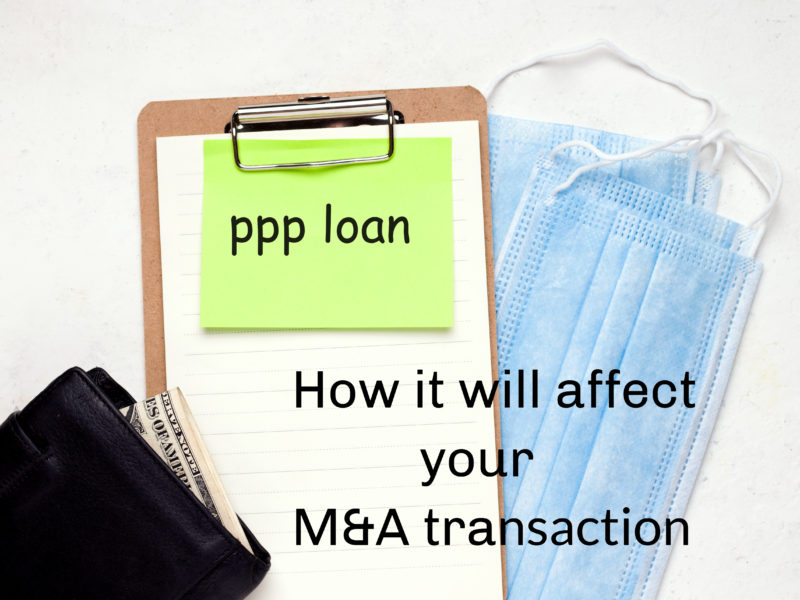While the health and economic risks of COVID-19 have changed the way most business is conducted in the United States, plenty of Mergers and Acquisitions (M&A) are still moving forward, albeit at a much slower pace in many cases. As if M&A wasn’t complicated enough, buyers and sellers are now having to navigate changes created by government stimulus initiatives like the Paycheck Protection Program (PPP). With this in mind, we thought it would be helpful to look at some key considerations when navigating PPP during an M&A deal, and how a PPP loan can potentially affect a deal.
It may all come down to binding or non-binding LOI!
What is PPP?
PPP is a $669-billion Federal stimulus loan program established as part of the CARES Act to help businesses continue to pay their workers during the pandemic with unsecured 1% loans. These loans come with a six-month deferral before any payments are required, plus borrowers are able to seek forgiveness for all or a portion of the loan if the loans are used to pay for qualifying expenses.
A recent article at JDSupra.com does a good job of explaining exactly how PPP works and how an M&A deal may impact a loan application and loan forgiveness.
“The primary challenge sellers and buyers face at this time is assessing how an M&A transaction may impact a borrower’s ability to participate in forgiveness,” said the JD Supra article.
Key considerations when navigating PPP during an M&A deal
- Application Stage of PPP: Present Effect Rule & the Affiliation Test
- Does a Letter of Intent (“LOI”) Create a Present Effect?
- Does a Signed Purchase Agreement Create a Present Effect?
- Between Applying and Signing Loan Documents
- Between Receiving the Loan and Loan Forgiveness
- After Applying for Loan Forgiveness
- Learn More


 Top 12 Most Common M&A Acronyms you Need to Know
Top 12 Most Common M&A Acronyms you Need to Know